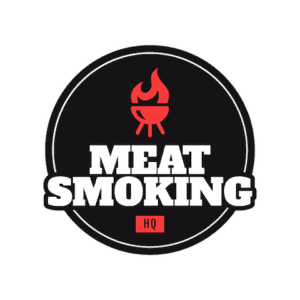The Pro Series 2nd Gen models include the Pro 575 and the Pro 780. These upgraded grills are packed with extra features, so I wanted to do a detailed comparison. The Pro 575 and the Pro 780 are the upgraded versions of the popular Pro Series models. The only difference between the two grills is the price, dimensions, and the amount of grill area.
Pro 575 PRO 780Pro 575 vs Pro 780 – What’s The Difference?
| Specs | Traeger Pro 575 | Traeger Pro 780 |
| Manufacturer | Traeger Pellet Grills | Traeger Pellet Grills |
| Price (US) | $899.95 grill only$962.13 grill + cover$980.08 grill + cover + pellets$917.90 grill + pellets CHECK UPDATED PRICE | $999.95 grill only$1,078.95 grill + cover$1,017.90 grill + cover + pellets |
| Weight | 128 pounds | 146 pounds |
| Dimension (DxHxW) | 27” x 41” x 53” | 48.7” x 26.7” x 54.4” |
| Grill Capacity | Five (5) rib racks, or Four (4) chickens, or Twenty-four (24) burgers | Six (6) rib racks, or Six (6) chickens, or Thirty-four (34) burgers |
| Grilling area | 575 sq. in. | 780 sq. in. |
| Hopper Capacity | 18 lb | 18 lb |
| Hopper Cleanout | Yes | Yes |
| Control Style | WiFIRE Controller | WiFIRE Controller |
| Connectivity | * WiFIRE network enables the user cook, grill, or barbecue using their home’s WiFi. * Traeger app enables the user to run the rill remotely. | * WiFIRE network enables the user to cook, grill, or barbecue using their home’s WiFi. * Traeger app enables the user to run the rill remotely. |
| Power source | Electricity | 100% All-natural Wood pellet |
| Special Features | * Built for Large Family Cooking * Cleaning the grill porcelain grates is a breeze. * Rivetrain starts faster * heats up quicker * Produces higher quality smoke. * Easy to operate * Achieve Wood-fired taste | * Built for Large Family Cooking * Cleaning the grill porcelain grates is a breeze. * Rivetrain starts faster * heats up quicker * Produces higher-quality smoke. * Easy to operate * Achieve Wood-fired taste |
| Fuel Type | Wood Pellet | Wood Pellet |
| Colour Variations | Bronze or Black | Bronze or Black |
| Outer Material | Steel | Steel |
| Inner Material | Stainless Steel | Stainless Steel |
| Wheels | All-terrain wheels | All-terrain wheels |
Differences between the 575 and 780
| Differences | Traeger Pro 575 | Traeger Pro 780 |
|---|---|---|
| Price | $900 | $1,000 |
| Cooking Area | 572 sq. in. | 780 sq. in. |
| Weight | 155 lbs | 124 lbs |
| Width | 41 in | 49 in |
| Height | 53 in | 55 in |
| Depth | 27 in | 27 in |
Size Differences
Grill size is an important consideration when buying a grill. If you’ve got a small patio or deck, then the smaller Pro 575 will be a better option—even though the size difference isn’t enormous.
The Pro 780 is only 8 inches wider than the Pro 575, which is only about the size of an iPad mini. Also, the two grills have the same depth. The Pro 780 is only 2 inches taller.
The Pro 780 is also just over 30 lb heavier than the smaller 575. Both models have high-quality all-terrain wheels, so the extra 30 lb will be noticeable when moving the grill around. However, the 30 lb is manageable when you’ve got quality wheels.
So if you have a small outdoor area, I don’t think the size difference is going to matter too much. If you went the next step up to the Ironwood and Timberline, then you would notice a big difference.
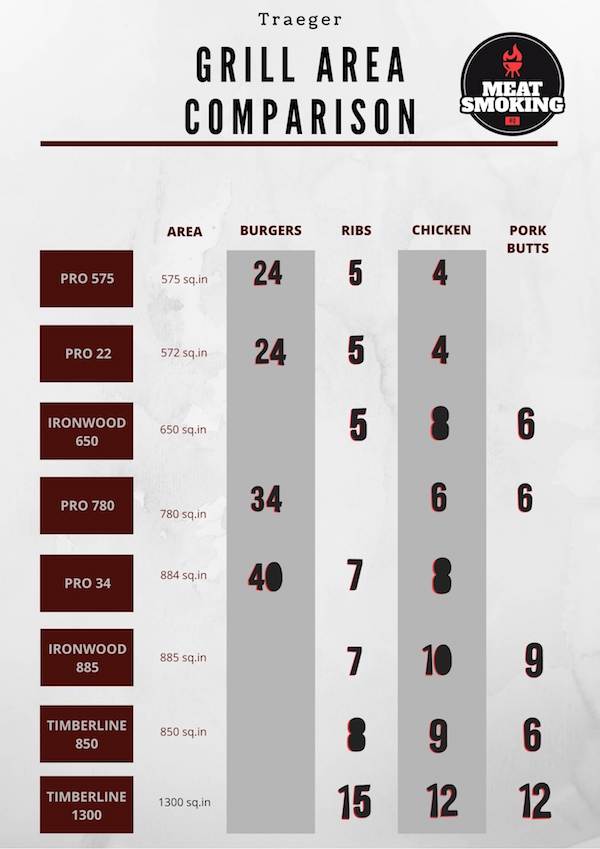
Price Difference
There’s only a $100 price difference between the Pro 575 and the Pro 780—which isn’t an enormous difference. So is the extra $100 worth it?
| Features | Traeger Pro 575 | Traeger Pro 780 |
| Temperature Control | Advanced Grilling Logic Technology | Advanced Grilling Logic Technology |
| Max Temperature | 500 °F | 500 °F |
| Cooking Methods | 6 in 1 versatility cooking (smoke, bake, roast, bbq, braise and bake) | 6 in 1 versatility cooking (smoke, bake, roast, bbq, braise and bake) |
| Advanced Grilling | Yes | Yes |
| Food production | 6-12 people | 13-18 people |
| Double Side Wall Insulation | None | None |
| Downdraft Exhaust System | None | None |
| Standard Size | Large Sized | Extra Large |
| Meat Probe | Single | Single |
| All Terrain Wheels | Yes | Yes |
| Porcelain Grill Gates | Yes | Yes |
| WiFire Controller | Control from anywhere | Control from anywhere |
| Turbo Temperature | Faster start-up and quicker recovery. | Faster start-up and quicker recovery. |
| Grill Guide | Yes | Yes |
Cooking Area Pro 575
The Pro 575 has a total cooking area of 575 square inches. The top rack has 180 square inches of grill area, and the bottom rack 480 square inches of cooking area. This means you can cook either 24 burgers, or 5 whole racks of ribs, or 4 whole chickens.
Cooking Area Of The Pro 780
The total cook area for the Pro 780 is 780 square inches of grill space. The total cook area is divided into the top and bottom rack, with the main cooking rack on the bottom giving 570 square inches of cooking area, and the top rack giving 210 inches of grill space. This will give you enough room for either 34 burgers, or 6 whole chickens, or 6 pork butts.
Difference In Cooking Area 575 vs 780
So when comparing the two Pro Series grills, the Pro 780 has 205 square inches more cooking area.
On the main racks on the bottom of the grill, the 780 has 90 square inches more cooking area.
On the top rack, the Pro 780 has 30 square inches more cooking area.
In terms of food, the difference in cooking area means the Pro 780 can cook 10 more burgers, or two more whole chickens.
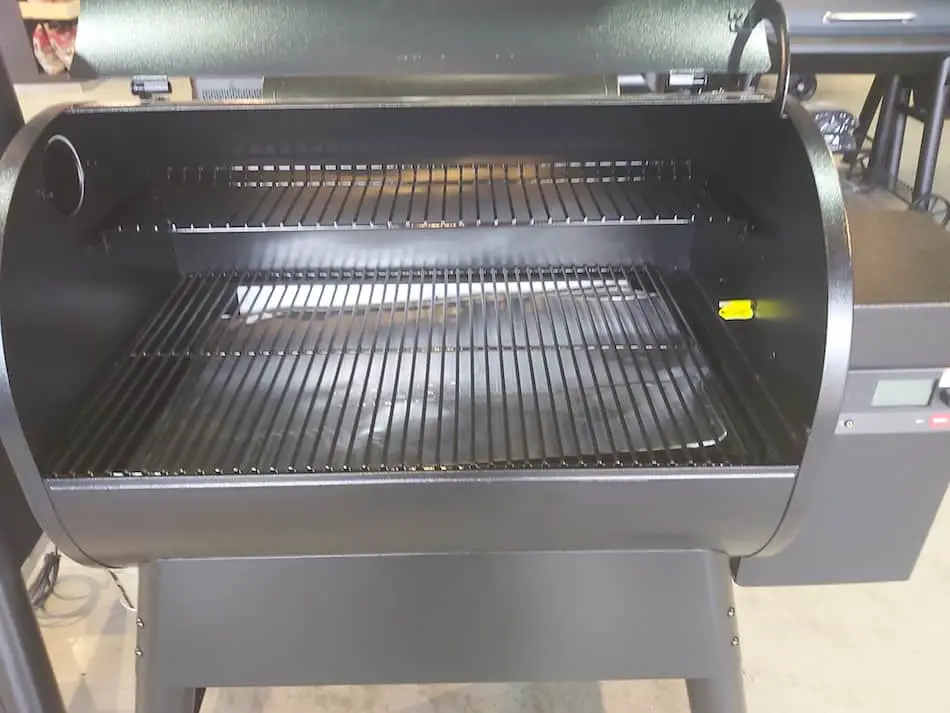
Is The Extra Space Worth The Money?
So for an extra $100, you can cook 10 more burgers, two more whole chickens—which isn’t a great deal of food. You would notice more of a difference when comparing the cooking area of the Timberline or Ironwood.
How Often Do You Cook For Crowds?
So when deciding whether to justify the extra $100 for the larger Pro Series model, you need to ask yourself how often you want to cook a large amount of food. Even if you only have large gatherings once or twice a year, that may be enough to justify the $100 extra cost.
The Pro 575 is suitable for a normal-sized family, but if you’re cooking for crowds, you may need to cook the food in batches. The Pro 780 will allow you to cook enough meat for quite a few people—but not that much more. If you want to cook a lot of food, consider the Ironwood or Timberline models.
Pro 575 Specs
- Wi-Fi temperature controller
- One meat probe
- Porcelain coated grill grates
- All terrain wheels
- Start up temperature booster
- Pellet helper trapdoor
- 575 square inches of cooking area ( 480 square inches on main rack, and 154 square inches on the top rack)
- Total weight equals 124 pounds
- Pellet hopper capacity 18 lb
- Maximum temperature 500° F
- Minimum temperature 180° F
- Height 53 in
- Width 41 in
- Depth 27 inches
- Color, black or black and bronze
- Price, around $900
Pro 780 Specs
- Wi-Fi temperature controller
- One meat probe
- Porcelain coated grill grates
- All terrain wheels
- Start up temperature booster
- Pellet helper trap door
- Total cooking area of 780 square inches ( 210 square inches on the top rack, and 570 square inches on the bottom rack)
- 18 pound pellet hopper
- Total weight of 150 lbs
- Maximum temperature 500° F
- Minimum temperature 180° F
- Height 55 in
- Width 49 in
- Weight 155 lbs
- Total depth 27 in
- Price $1,000
What They Have In Common
- The 1st generation Pro Series was very popular. Thanks to the 1st Gen models, the Pro Series is number one selling pellet grill in the world.
- The Pro 575 and Pro 780 are the 2nd generation Pro Series, and they have significant upgrades. But what do the Pro 780 and Pro 575 have in common?
The new Pro Series has a lot in common, including:
- Wi-Fi temperature controller
- Porcelain coated grill grates
- All terrain wheels
- Turbo Temp temperature booster
- Hopper cleanout trap door
- Single meat probe
- Wi-Fi temperature controller
Both the Pro 780 and the Pro 575 have a Wi-Fi temperature controller which allows you to monitor your grill from anywhere using your smartphone and the Traeger App. This is a massive upgrade from the previous generation, The Pro 34 and the Pro 32, which only had a regular digital temperature controller.
The Wi-Fi temperature controller allows you to control the temperature using your smartphone. You can download hundreds of recipes from the Traeger app, which will then guide you through your cook.
GrillGuide will give you step-by-step instructions, so you don’t have to think when you are smoking your brisket because you are grill will let you know what to do next!
Is the Technology Worth it?
The major difference between the 1st generation and 2nd generation Pro Series is the technology. If you already have a fancy high-tech meat thermometer, then the $250 price difference may not be worth it.
You can buy a Wi-Fi meat thermometer for around about $150 to $300, and it will probably be equal to the in-built Traeger temperature controller. However, if you’ve only got a regular thermometer, then I highly recommend upgrading to Wi-Fi technology.
When you’re smoking a brisket for 18 hours, it makes life so much easier being able to control things from your mobile phone.
Temperature Differences Between 1st and 2nd Gen
One of the major differences between the 1st Gen and the 2nd Gen models is the cooking temperature. The newer Pro Series will cook 50°F hotter than the older series.
The Pro 575 and the Pro 780 can reach a cooking temperature of 500° F, whereas the older Pro 22 and Pro 34 will only reach 450° F. You’ll notice the difference if you want to do a lot of searing.
Turbo Boost
Another significant upgrade between the old Pro Series and the new Pro Series is the temperature boost Traeger call TurboTemp. This feature allows you to start up your grill much quicker than you would with the 1st Gen Pro Series. The TurboTemp will bring the grill up to temperature rapidly, so you can start cooking sooner.
The other useful feature of the Turbo Temp is recovery time. If you’ve opened the grill lid, as you would know, you lose a lot of heat. This is especially frustrating in the colder months because it can take a while for your grill to return to the cooking temp. The TurboTemp allows you to bring the grill back up to temperature as soon as possible so you can continue in your desired cooking range.
Hopper Dump
One of the other big upgrades between the two Pro Series generations is the pellet hopper dump function. The new Pro Series has a trap door which allows you to empty your pellet hopper so you can swap out the flavors.
How To Assemble The Pro Series
Traeger makes a great assembly video that shows you how to put the grills together. Unboxing the Pro 780, or Pro 575, It takes about 30 to 40 minutes to assemble. When buying a Traeger, it comes with an assembly guide, which is easy to follow along with the video.
All the tools used to assemble the grill come with the assembly kit. The hopper is already attached, so it’s just a matter of putting on the legs, the shelving, and the end plates.
The Pro 780
One thing that Traeger has changed with the Pro 780 is the location of the probe. In the previous model on the 1st generation Pro Series, the internal probe sticks up in the middle and sometimes gets in the way. With the 2nd Gen 780 and 575, the probe is much smaller, and it’s tucked away and built into the side of the unit.
The Heat Shield On The Gen 2
The Traeger has come with a heat shield that sits above the fire pot. The Pro 780 and 575 makes it easy to remove the heat shield, whereas in the 1st Gen models, the shields were in the way.
Drip Pan
A large steel drip pan covers the bottom of the Pro 575 and 780. It locks into place really well and sits over the fire pot. The pan covers the entire length of the bottom of the cook barrel and prevents meat from dripping down onto the fire. The porcelain coated grill grate sits over the top of the bottom heat shield/ drip tray.
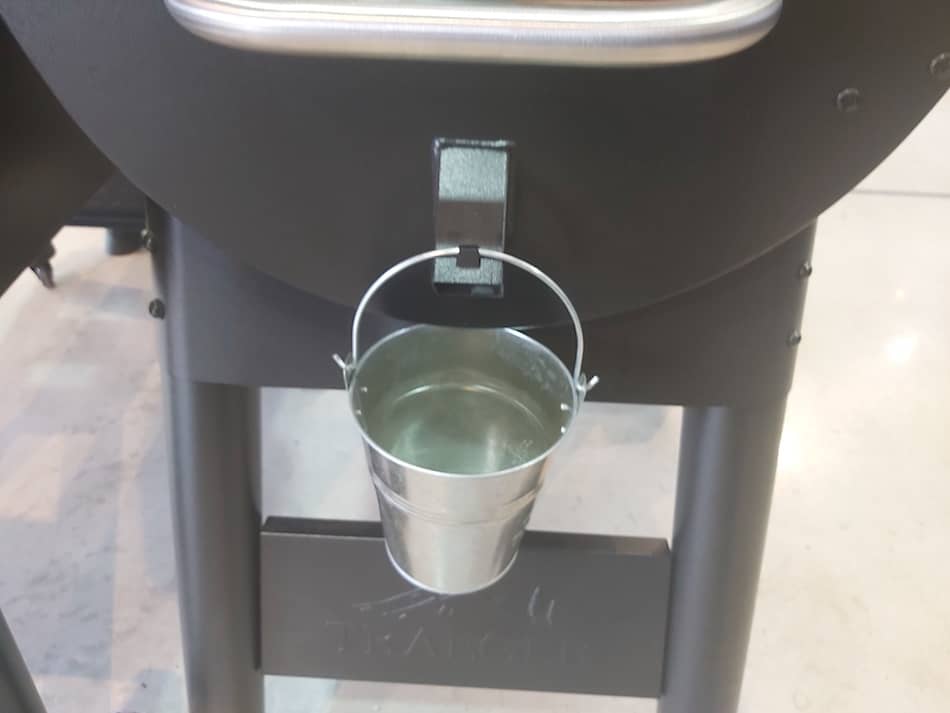
Optional Front Shelf
One of the optional extras with the Pro Series 2nd generation is a front shelf. The upgrade is about $70, and it’s up to you whether you think you need it. I like plenty of shelving around my grill, but the good thing is you can order it from Traeger anytime.
Top Rack
The Pro Series has a top rack, which attaches to the upper level of the barrel. One of the best features of this rack is that it can be removed and stored at the rear exterior, where there are hooks. So If you’re not using the top rack, you can hang it at the back so you have extra height in your barrel for cooking larger pieces of meat.
Barrel Shape: The Pro 780 and 575
The shape of the cooking barrel is noticeable between the two Pro Series generations.
The Pro 575 and 780 models have a pill shaped design, which gives you more vertical cooking room.
The new series also gives you 12 inches of cooking height between the grill grape and the top of the cook barrel. This makes it large enough to cook a large turkey.
Well Sealed- The Gen 2 Pro Series
Another difference between the Gen 1 is the barrel is better sealed on the Gen 2 Pro series. There’s a seal on the bottom and the top, so when you close the lid, it prevents smoke from escaping and heat.
The Exterior
The Pro Series has a powder coated exterior. You can either buy a black on black, or a black and bronze trim.
Dismantle The Cord
A minor feature of the 780 and the 575 is it you can remove the power cord completely, and stir it away in the grill. Just about every other pellet grill on the market, your only option is to roll it up or hang it over something. Being able to remove it and store it makes sense if you’re not using it over the winter months. Such a simple solution that makes an enormous difference.
Temperature Probe Grommet
The Pro Series Gen 2 has a little grommet where you can insert your thermometer probe and clip to the grill or insert into the meat. This is important, because you don’t have to keep opening the lid to see what’s going on with your roast.
Cons – Pro 780 and 575
Hinge. Although the Gen 2 Pro Series is well built, there are still a few vulnerable areas of the grill. The hinges on the lid seem a little weak and poorly constructed. I think Traeger could have done a better job there. That might be nitpicking, but when you line up the Traeger to some other grill companies, those minor problems can make the difference.
How Long Does It take To Come Up To Temperature?
- It takes 10 minutes to get from 0 to 350 degrees on the Pro Series grill.
- It takes 8 minutes to go from 0 to 300° F
- It takes 7 minutes to go from 0 to 250⁰F
- It takes 6 minutes to go from 0 to 225° F
Pellet Hopper Size
Traeger sells 20 pound bags of wood pellets, but only has an 18 lb hopper. I think you’ll find my bags of wood pellets are 20lbs. I wonder if this is a ploy to encourage people to buy the Timberline or the Ironwood series.
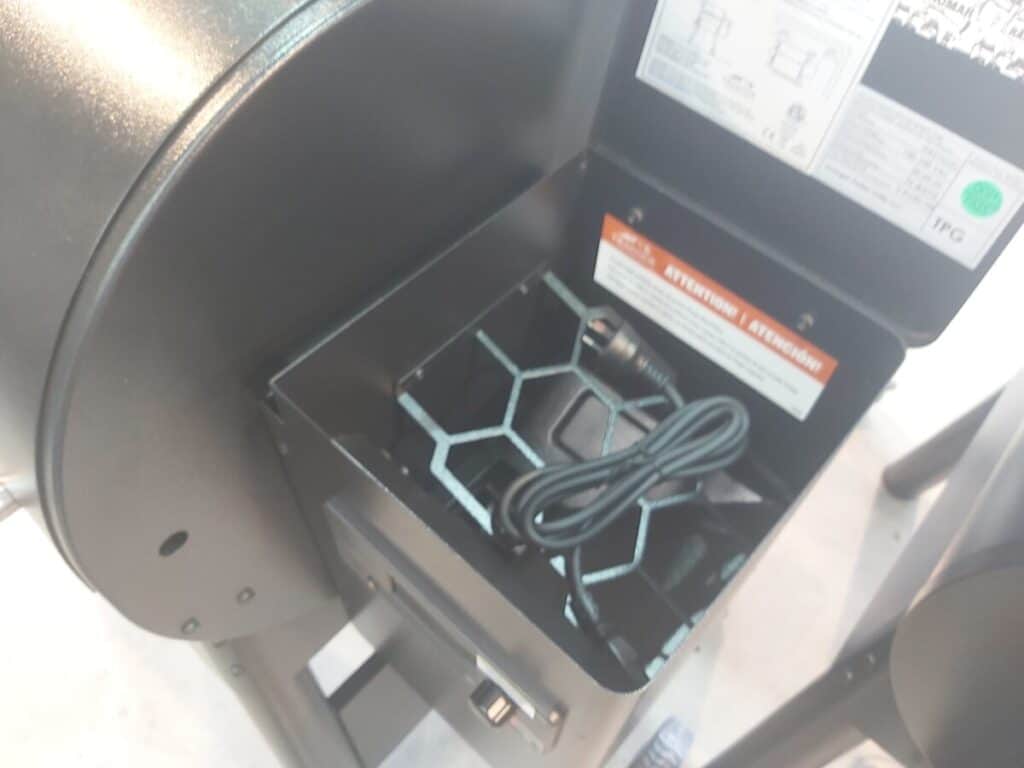
Where To Buy Traeger Pro Series
| Final Comparison | Traeger Pro 575 | Traeger Pro 780 |
| Convenience | Good | Better |
| Affordability | Better | Good |
| Eco-friendliness | Better | Good |
| Durability | Good | Better |
| Beginner Friendly | Better | Good |
| Easy to Assemble | Better | Good |
| Temperature Control | Good | Better |
| Easy to Use | Good | Better |
| Easy to Clean | Better | Good |
| Save your Money | Better | Good |
| Smoke Flavor | Good | Better |
| Perfect Size | Good | Better |
| Protection from All Weather | Good | Better |
| Hot Picks | Good | Better |
| Technology | Better | Good |
Other Traeger Reviews:
Traeger Tailgater vs The Pro 22 – What’s The Best Small Traeger?
Ranger vs Tailgater – We Compare The Portable Traeger Grills
Pro 575 vs Pro 22 – A Side-By-Side Comparison
Pro 575 vs Pro 780 – What’s The Difference?
Timberline 1300 vs 850 – A Detailed Comparison
Ironwood vs Pro Series – We Review Both Series
Pro 34 vs 780 – A Side-By-Side Comparison
Ironwood vs Timberline – We Compare Traeger’s High-End Grills
